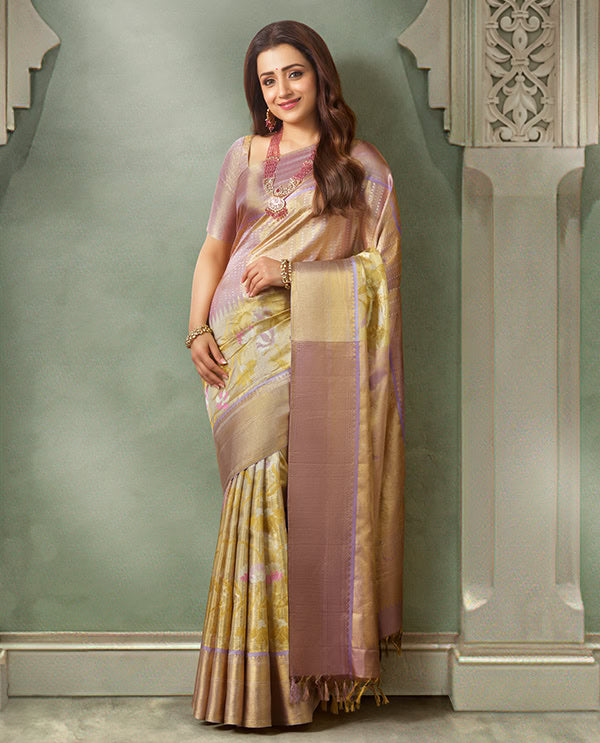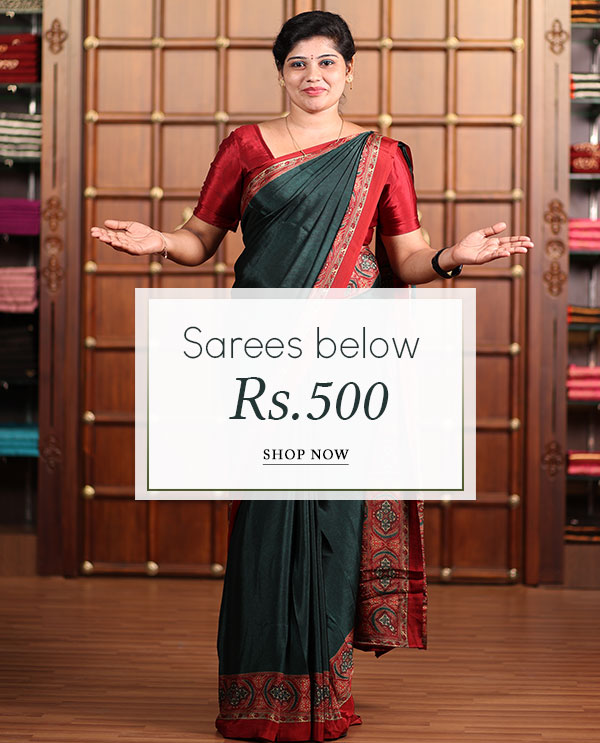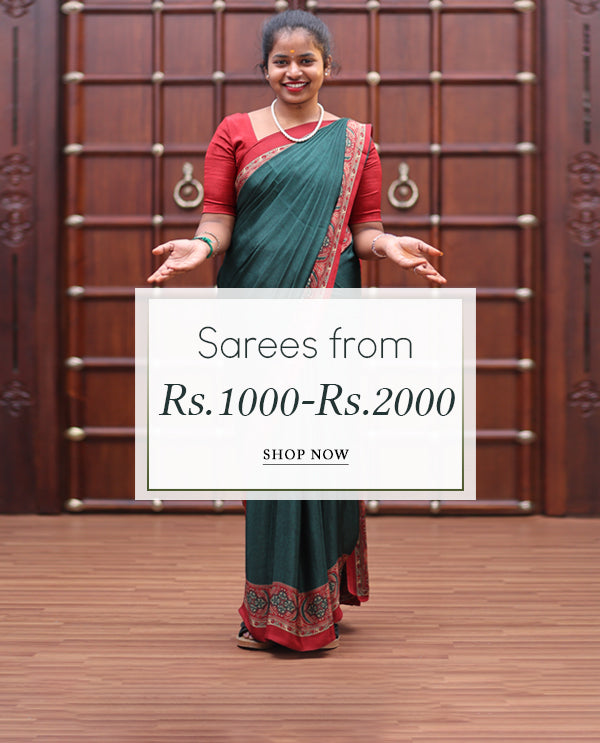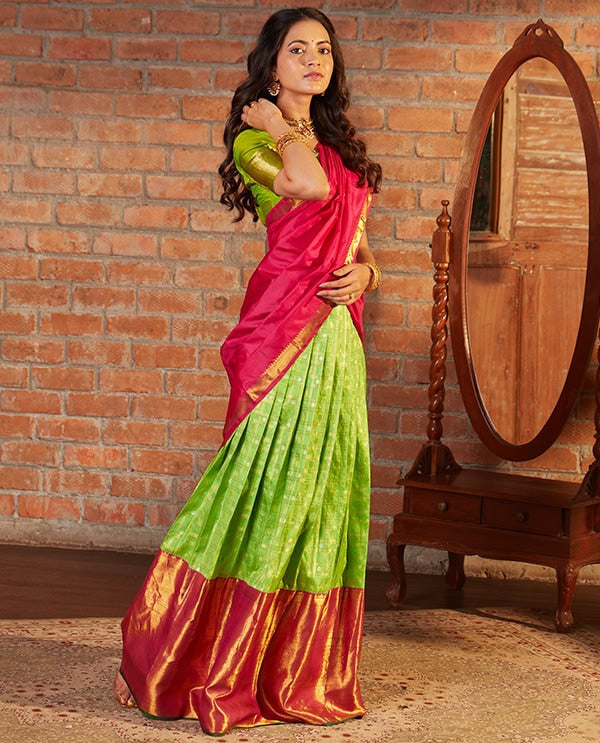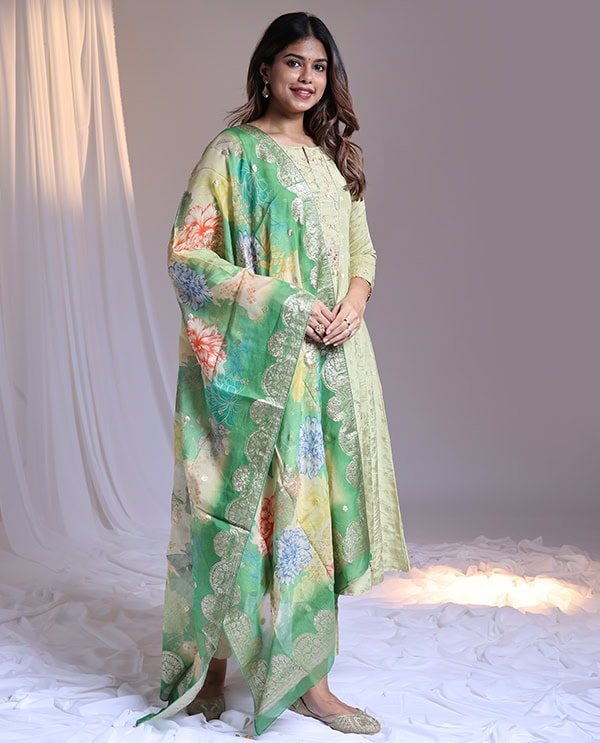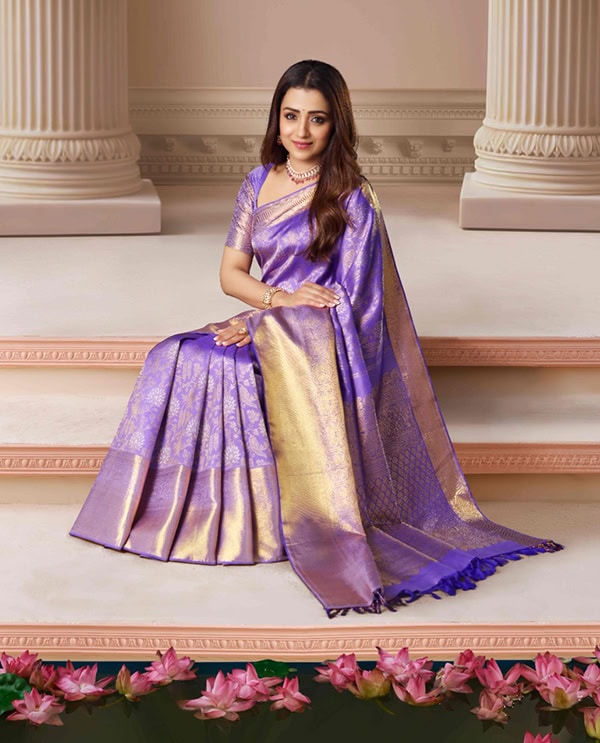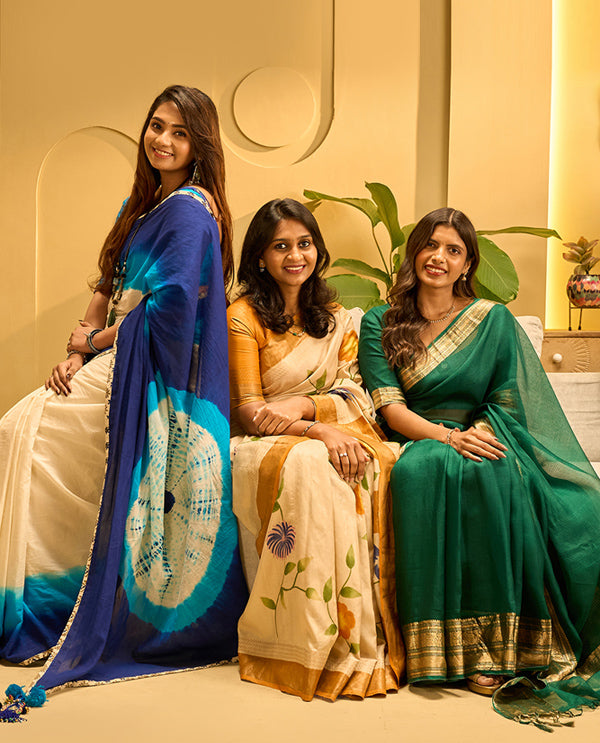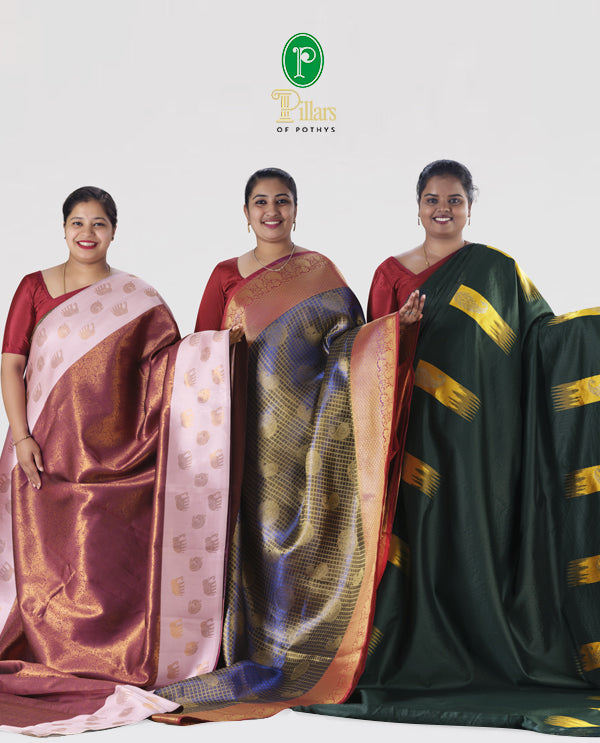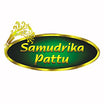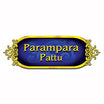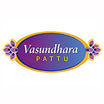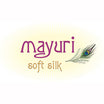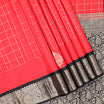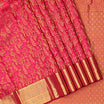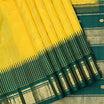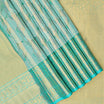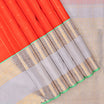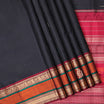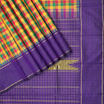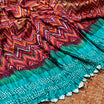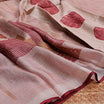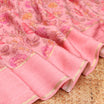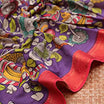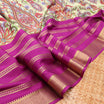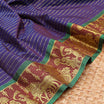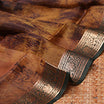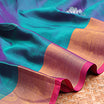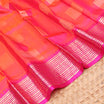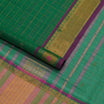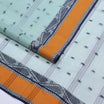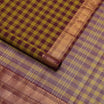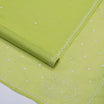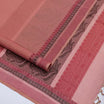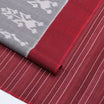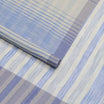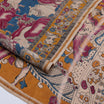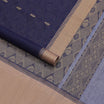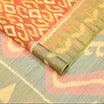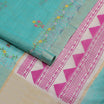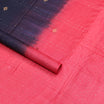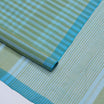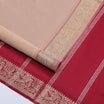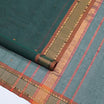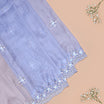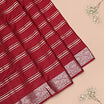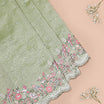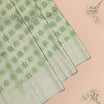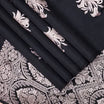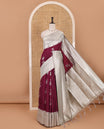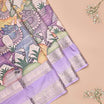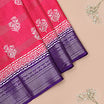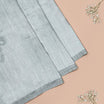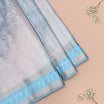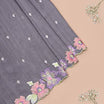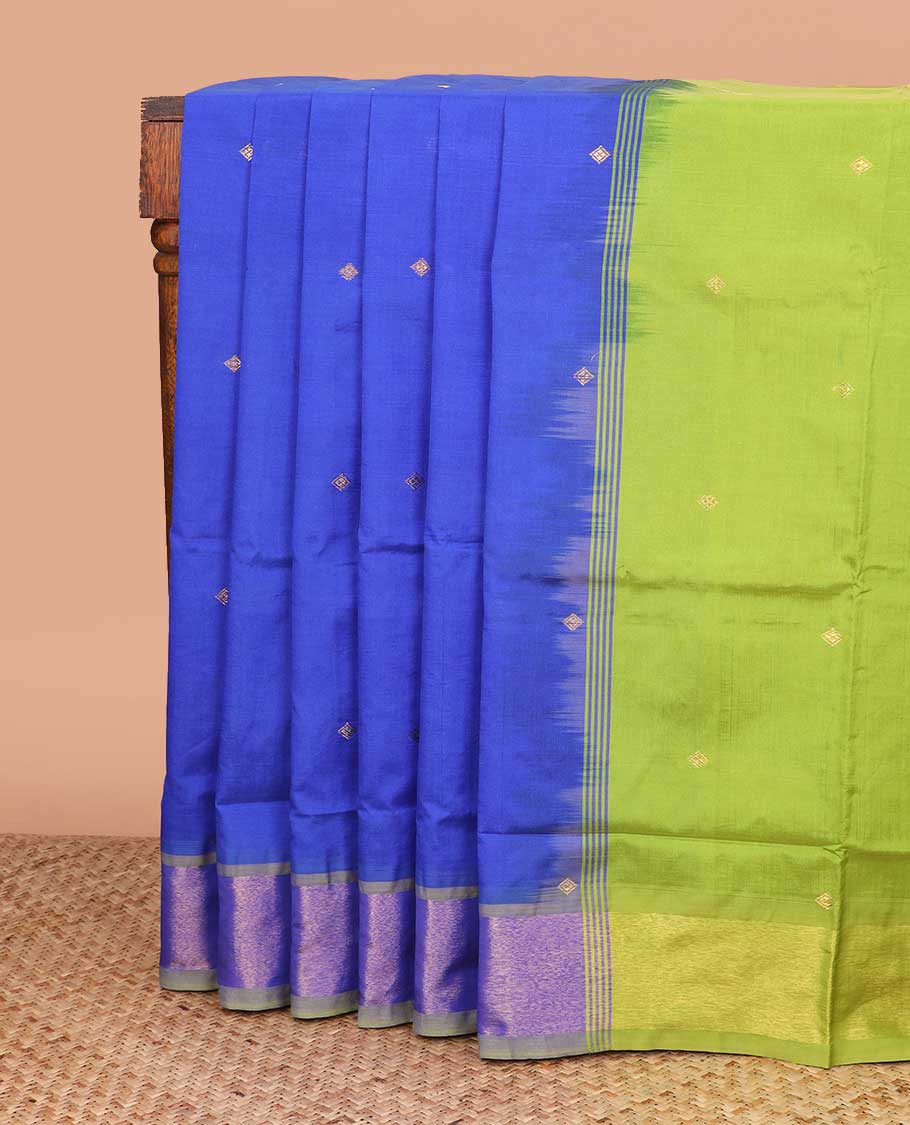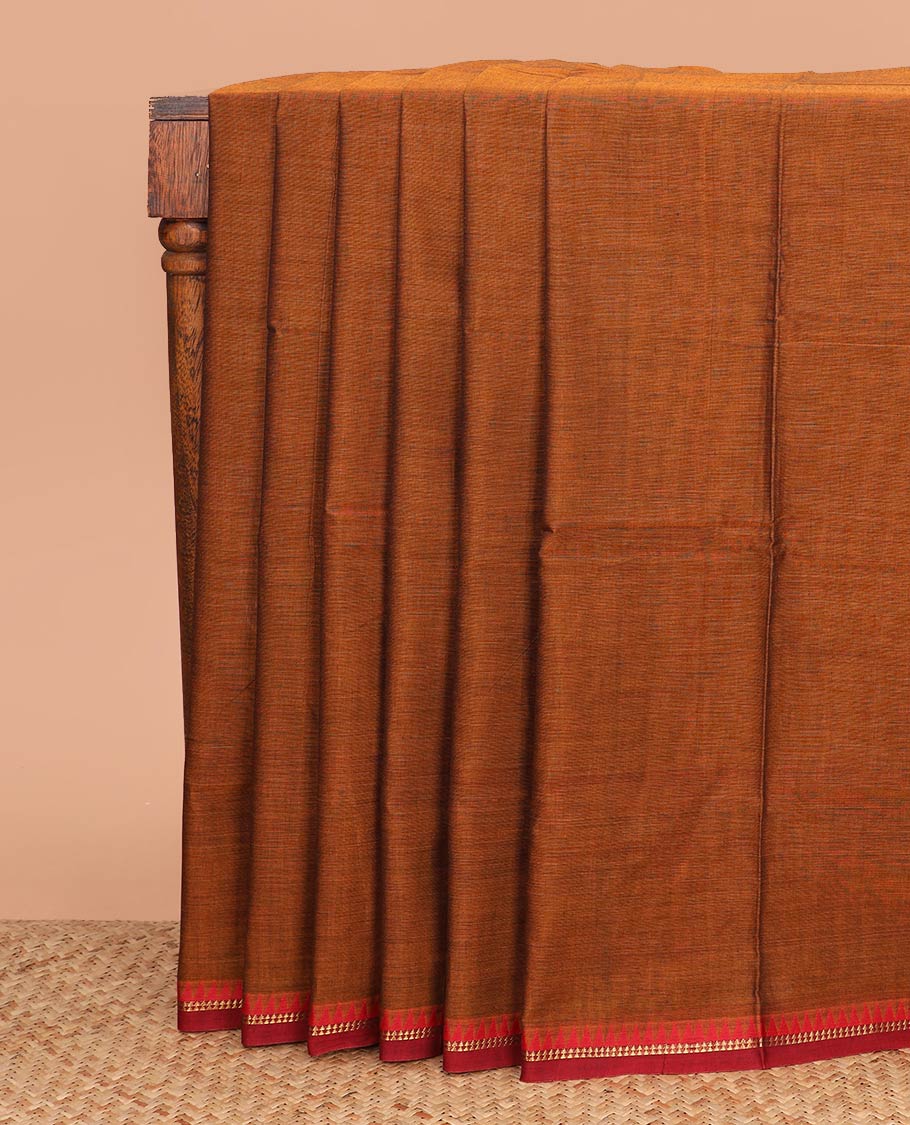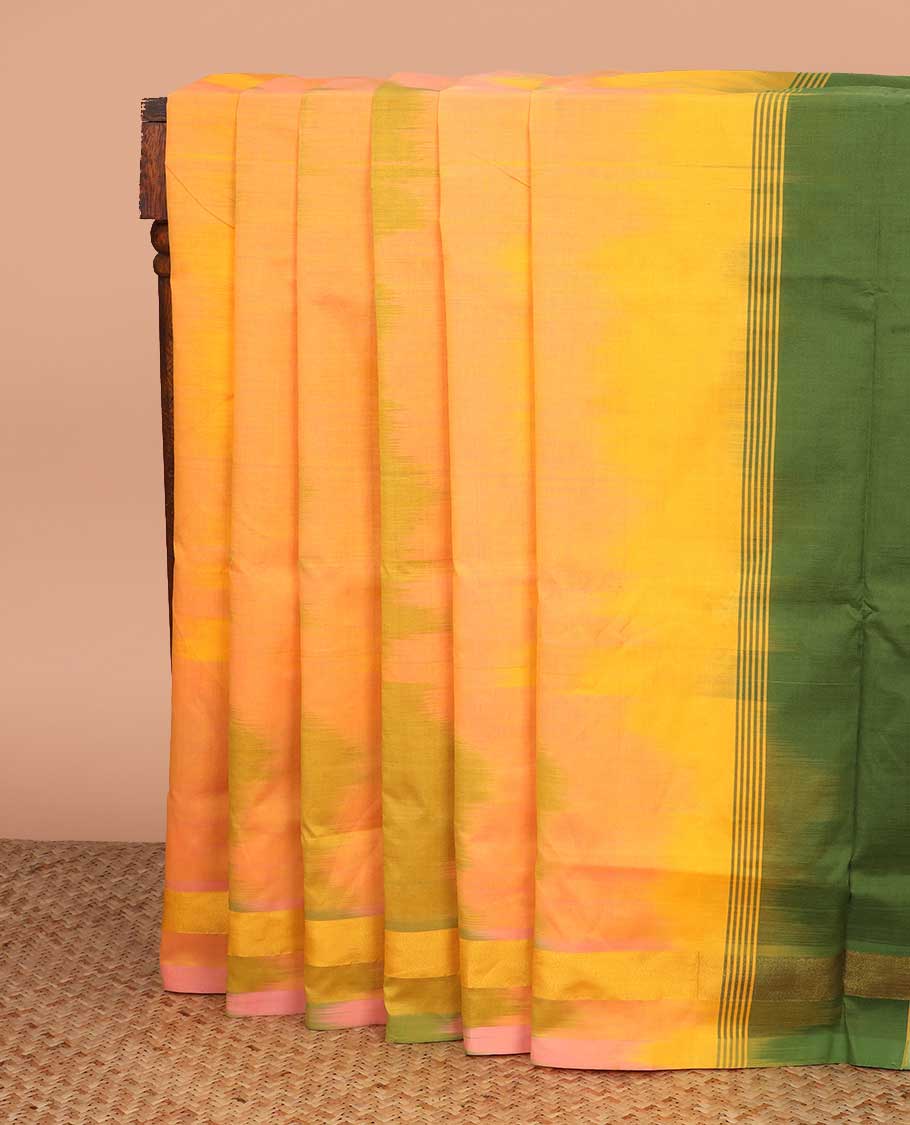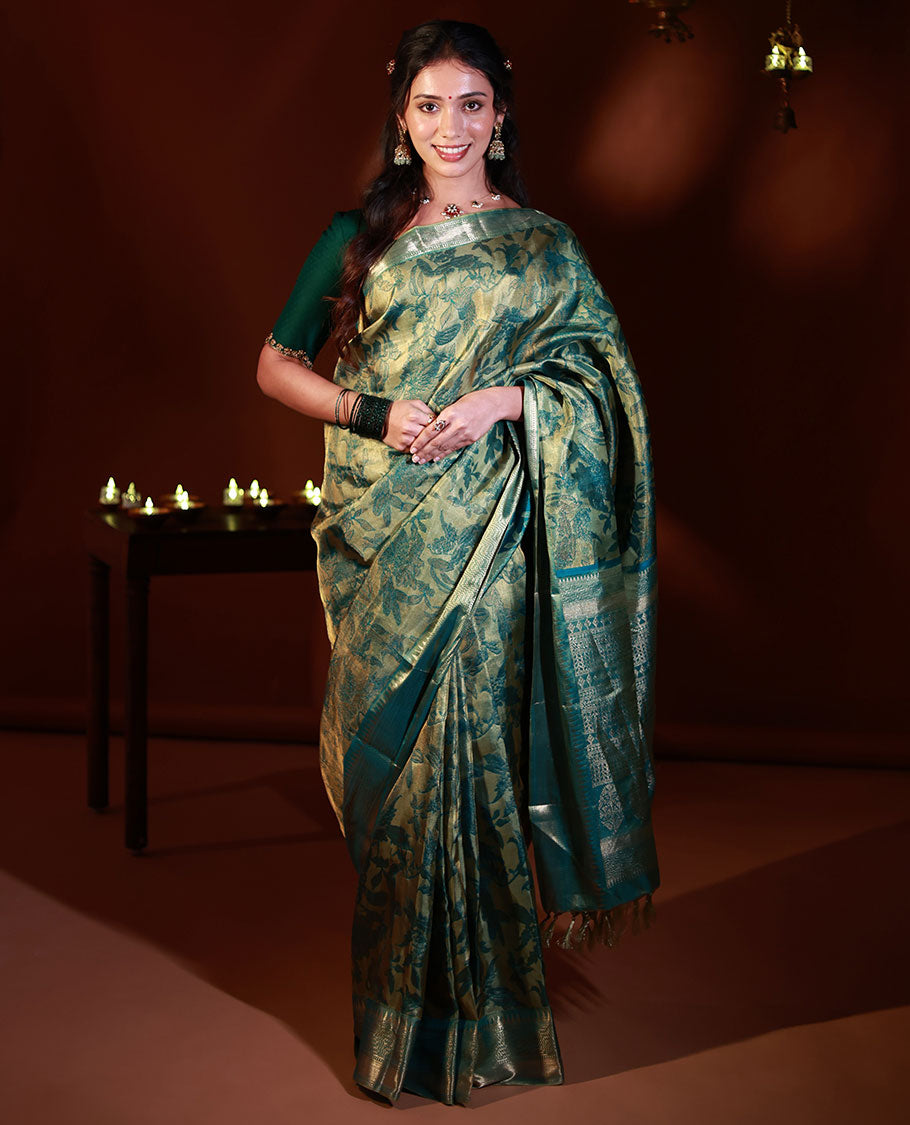Silk Weaving in India: Mastery in Every Thread
Silk weaving in India stands as an enduring testament to craftsmanship, innovation, and cultural pride. This tradition, centuries old, continues to captivate the world with its splendour. Every silk saree, from the opulent Kanchipuram to the regal Banarasi, embodies heritage, technical finesse, and the devoted artistry of the weaving community.

Let's unravel the story of silk, from cocoon to closet, blending both timeless tradition and new-age techniques.
The Luxury of Silk: An Introduction
Silk has held an exalted position in Indian society since ancient times. Prized for its lustre, strength, and drape, this fabric has decorated royal households and played prominent roles at weddings, religious ceremonies, and festive occasions. The handloom silk saree weaving journey begins with the humble silkworm, yet the result is handwoven silk sarees, a meticulous work of human hands and imagination. Master weavers spend years mastering every step, treating the process not just as a livelihood but as an inheritance passed from one generation to the next.
What Makes Silk Weaving Unique?

The hallmark of Indian silk weaving lies in its diversity. Across the country, different regions have developed signature styles. Each weaving centre draws on its environment, history, and available resources, resulting in unique motifs, forms, and techniques. Whether it's the vibrant colours of Kanchipuram, the intricate floral patterns of Banarasi, or the distinctive sheen of Mysore silk, every piece has a story to tell.
Inside the Loom: Core Processes in Silk Weaving

At its core, the weaving process is a dance between the warp (lengthwise threads) and the weft (widthwise threads), methodically interlaced to produce fabric. For silk sarees, quality is established long before the threads meet the loom. It starts with careful reeling, degumming, and dying of pure mulberry silk, favoured for its unrivalled strength and sheen.
Warping
Before weaving begins, the threads are sorted and aligned in a precise order. This is the warping stage. The number of threads, their spacing, and even their tension dictate both the strength and final appearance of the saree. In Kanchipuram, for example, some sarees require thousands of warp threads, all arranged flawlessly to ensure the desired texture and vibrancy.
Dyeing
Silk threads are then dyed. Traditional practices use natural, plant-based dyes, though modern dyers also employ synthetic dyes to achieve certain colours. The dyeing process is both a science and an art: even a small mistake can affect the uniformity and vibrancy of the final product.

The Soul of Kanchipuram: Behind Kanchipuram Silk Saree Weaving
Among all the Indian weaving schools, Kanchipuram stands preeminent. The process begins with high-quality mulberry silk, which is dyed in vivid shades. What sets these sarees apart is the korvai technique that allows body, border, and pallu to be woven separately and then joined so seamlessly that the join is nearly invisible.

Master weavers often use three shuttles at a time to interlock contrasting colours in the border and pallus. Zari (gold or silver thread) is sourced from select places and meticulously woven alongside silk to add grandeur. Since each phase demands rigorous attention to detail, a single Kanchipuram saree can take anywhere from one week to several months to weave, depending on the complexity of motifs and depth of embellishment.
Discover the heritage and artistry woven into every Kanchipuram silk in our blog on decoding Kanchipuram saree designs.
Pothys, as a renowned curator and retailer, works directly with traditional weaving families, especially in Kanchipuram, ensuring authenticity and championing the korvai method. Their collections reflect both reverence for heritage and sensitivity to modern style trends.

Pothys also offers its wonderful counterpart, a piece of wondrous beauty that can be considered the Kanchipuram 2.0.
Meet the Samudrika pattu, inspired by Kanchipuram silk, rich in zari work. Worn primarily by brides, it has become a popular choice for traditional South Indian weddings. Handpicked by Pothys, its opulent, detailed and heavily textured look makes you feel like a royal gem.

Explore the splendour of Samudrika Pattu sarees in our blog on Samudrika Pattu: The Art of Redefining Elegance.
Banarasi and Other Signature Handloom Silk Saree Weaves
Banarasi sarees, hailing from Varanasi, are celebrated for their opulent brocade, delicate motifs, and luxurious feel. Here, the brocading technique enables artisans to weave gold and silver zari into intricate floral and paisley patterns. Banarasi weaving is laborious; Patterns are transferred to punch cards and attached to looms to guide the placement of each. This creates the famed drape full of raised patterns and lustrous designs.

Other regions like Mysuru, Chanderi, Assam, Andhra Pradesh (Venkatagiri Sarees, Kalamkari work) and Gujarat are equally storied. Mysore silk, for example, is recognised for its minimalist, regal finish: soft, lightweight, and resplendent with natural sheen. Patola from Gujarat, with its unique double ikat style, and Assam's Muga silk, golden and almost impossible to fade, each presents a singular weaving narrative.

Classic and Modern Techniques of Silk Weaving
Authentic handloom weaving remains at the heart of Indian silk textiles. The primary loom types are pit looms (dug into the ground for stability) and frame looms. The technique, whether plain, jacquard, or brocade, determines the final texture and appearance.

Jacquard weaving, for example, allows for intricate, repeating patterns by controlling each thread independently. Brocade weaving integrates metallic threads throughout, resulting in fabric with raised patterns process synonymous with both Kanchipuram and Banarasi traditions.

Technological advances now complement traditional silk weaving. Many artisans employ computer-aided patterning for consistency and innovation, yet the essential weaving work remains deeply manual and skill-driven, maintaining the soul of traditional craft. Blended elegant pieces are also highly sought after, such as tussar silk, linen silk and more.
Preserving Heritage: The Role of Artisans and Policy in Silk Weaving

Heritage crafts need careful stewardship. In India, the government and private sector, including brands like Pothys, have implemented initiatives like Geographical Indication (GI) tags, craft clusters, and handloom certifications. These measures help protect authentic weaving processes and ensure economic sustainability for artisan families.
For example, Pothys collaborates through direct sourcing with clusters in Kanchipuram and Banaras, supporting both innovation and traditional methods. GI tags for Kanchipuram Silk or Banarasi Brocade ensure that only sarees made in these regions using traditional processes bear the name, protecting local economies against imitation products.
How to Identify Authentic Silk Sarees

Understanding the authenticity of handloom silk saree weaving ensures appreciation and longevity. Genuine handwoven silk sarees have certain tell-tale signs:
- Texture and Weight: Real silk drapes gracefully and feels substantial, thanks to high thread counts and pure materials.
- Motif Irregularities: Minor imperfections signal handwork, unlike the uniform perfection of machine-made textiles.
- Burn Test (handled by experts): Real silk burns with a smell like burning hair and leaves a crisp ash, indicating the natural protein of silk.
- Price and Labelling: Authentic sarees, especially with GI tags and handloom certifications, imply higher costs.
Threads of Tomorrow: Pothys’ Commitment to Authentic Silk Weaving

Modern buyers increasingly value authenticity, sustainability, and storytelling in fashion. Pothys reflects this trend by curating collections featuring traditional, certified handloom sarees and partnering closely with master weavers. Their offerings celebrate not just craftsmanship but also the contemporary wearer, blending time-honoured techniques with new motifs, colours, and styling possibilities.
The brand's commitment to handloom silk saree weaving isn't just commercial: it's about cultural heritage and supporting the economic fabric of weaving regions. Special collections, seasonal launches, and educational events help educate consumers about the legacy and living art of silk weaving.
Care and Maintenance: Honouring the Craft of Silk Weaving

Silk sarees reward mindful care due to the delicate nature of the handloom silk saree weaving processes, ensuring years of elegance:
- Cleaning: Dry clean only, especially for zari or handwoven pieces.
- Storage: Fold with acid-free tissue or muslin. Avoid plastic covers. Refold periodically to prevent creasing.
- Preservation: Air sarees out of direct sunlight to prevent yellowing, and keep away from humidity and pests.
- Consider keeping heirloom pieces flat, and always consult experts for stain removal or restoration. Thoughtful care protects both the saree's structure and its rich colours.
Explore our guide on Caring for Your Ethnic Wear to keep your sarees looking their best and timeless!
Motifs and Cultural Meanings

Motifs in handloom silk saree weaving serve as more than decoration; they encode stories, beliefs, and social status. For example:
- Temple borders and checks are seen in Kanchipuram weaves, symbolising fertility and prosperity.
- Paisley and floral motifs dominate Banarasi sarees, signifying abundance and romance.
- Elephant, peacock, and swan designs are linked to prosperity, spirituality, and beauty.
- Fusion and contemporary motifs are on the rise, offering a fresh lens on tradition and making silk sarees relevant for a new generation of fashion lovers.
Learn more about India’s rich embroidery heritage and unravel the beauty of each motif.
Conclusion

India's silk weaving tradition is far more than mere textile production: it’s a living art, supporting communities, fostering innovation, and reflecting a nation’s evolving aesthetic. The dedication of artisans, supported by brands like Pothys and reinforced by GI tags and government initiatives, helps this legacy endure in the modern era.
Choosing an authentic handwoven silk saree is an act of support for artists and heritage. Every thread, motif, and hue represents a connection to a cultural story, ready to be cherished and passed on. The work of today's weavers ensures that Indian silks' soft shimmer remains an enduring symbol of artistry and elegance.
FAQs
What is silk weaving?
Silk weaving is the meticulous process by which silk threads are transformed into textiles, traditionally using handlooms. It involves multiple phases- preparation, dyeing, warping, weft loading, and finally, the weaving itself creates intricate patterns and luxurious fabrics.
How is a Kanchipuram handloom silk saree made?
The process starts with selecting quality mulberry silk threads, which are dyed and arranged on the loom. Using the korvai technique, the body, border, and pallu are woven separately and expertly fused together. Gold or silver zari threads are integrated for opulence. A single Kanchipuram saree can take 7-20 days, depending on its intricacy.
What are the steps in the handloom silk saree weaving process?
Key steps include:
- Silk reeling and degumming
- Dyeing threads
- Warping (aligning threads on a loom)
- Weaving using pit or frame looms
- Integrating motifs and zari
- Finishing with washing, starching, and ironing for presentation.
How long does it take for silk weaving by hand?
A simple silk saree may be completed in less than a week. Kanchipuram and Banarasi sarees with detailed patterns and heavy zari work can require several weeks or even months, the actual duration depending on design, pattern repetition, and embellishments.


